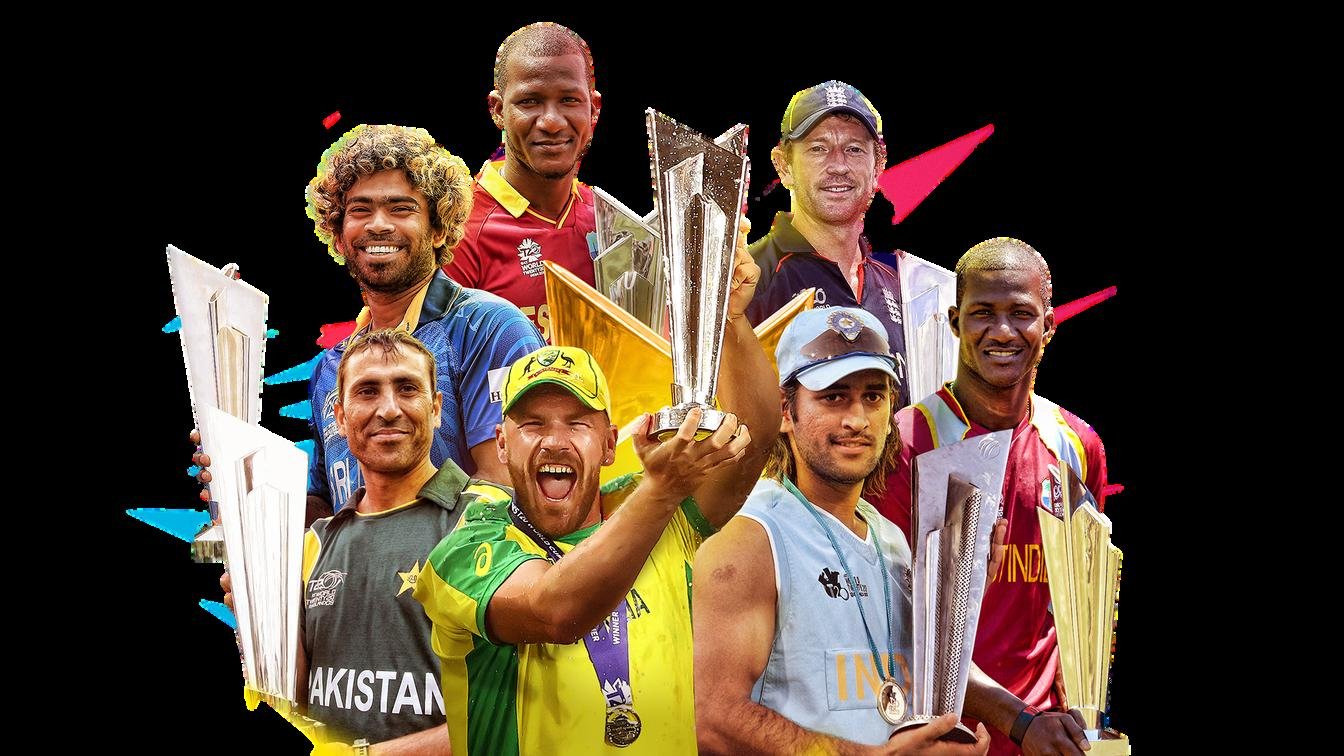T20 cricket, or Twenty20, is a relatively new format in the sport, but it has rapidly gained popularity since its creation. The idea originated from Stuart Robertson, a marketing executive with the England and Wales Cricket Board (ECB), who was tasked with addressing a significant decline in attendance at county matches, which had dropped by 17 percent by the turn of the century.
Robertson conducted a large-scale market research survey (reportedly costing over £250,000) that revealed cricket’s image problem. It was mainly played during times when people were occupied, and matches were too long. Even limited-overs cricket took an entire day. His solution was simple: cut out the slow middle phases of the game, creating a format that would last around three hours instead of a whole day. This shorter format could be scheduled in the evenings when people had more free time.

The first official Twenty20 competition in England, launched in 2003, was not just a sporting event but also a spectacle designed to attract new audiences. It exceeded expectations, with the finals held at Trent Bridge drawing a full crowd, a stark contrast to the usual attendance at county matches. The following year, a match at Lord’s between Middlesex and Surrey attracted more than 27,000 spectators, marking the largest crowd for a county fixture in over 50 years.
Following the success of domestic T20 cricket, international T20 matches began, with the first T20 International (T20I) played between Australia and New Zealand in February 2005. Today, T20 internationals are a staple of the cricket calendar, and the format has led to the creation of popular franchise competitions worldwide, alongside the ICC T20 World Cup.





